LG V40 ThinQ vs iPhone XS Max
Which will get notched out
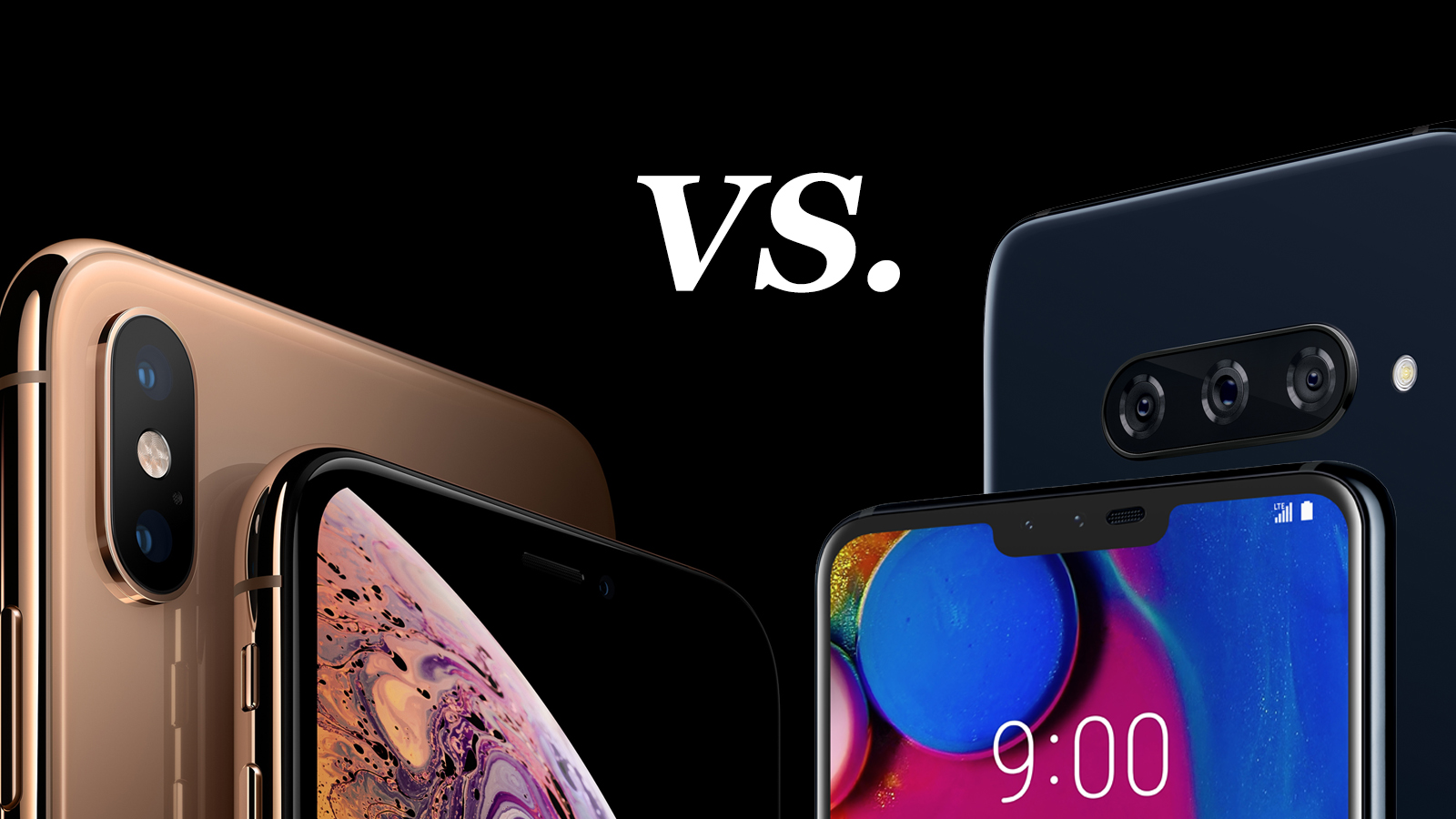
LG has just released its big LG V40 ThinQ flagship smartphone, and it has the specs to go with its flagship standing. But, with bezels almost completely out of sight and a top notch plainly in sight, one could almost mistake the LG V40 for an iPhone XS Max from the front, especially if someone put the iPhone background image onto the V40.
For two phones that look so much alike from the front, there are plenty of differences the deeper you dig. We’ll take a look at how the two stack up against each other and see where each shines and falls short.
Design
While at first glance the LG V40 and iPhone XS Max look fairly similar from the front, you can start to spot some differences looking closer. While they both have almost no bezels, the LG V40 does have a narrow strip of bezel at the top and bottom of the display. Meanwhile, at the top of the phones, the LG V40 keeps its notch smaller than the iPhone XS Max’s wider notch.
Both phones have a glass front and back with a metal frame, though the LG V40 is using aluminum compared to the iPhone XS Max’s more premium surgical-grade stainless steel. Apple’s choice of metal isn’t helping it on the weight, though. The LG V40 weighs about 169 grams while measuring 6.25 x 2.98 x 0.3 inch. Despite similar dimensions of 6.2 x 3.05 x 0.3 inches, the iPhone XS Max weighs in at a heftier 208 grams.
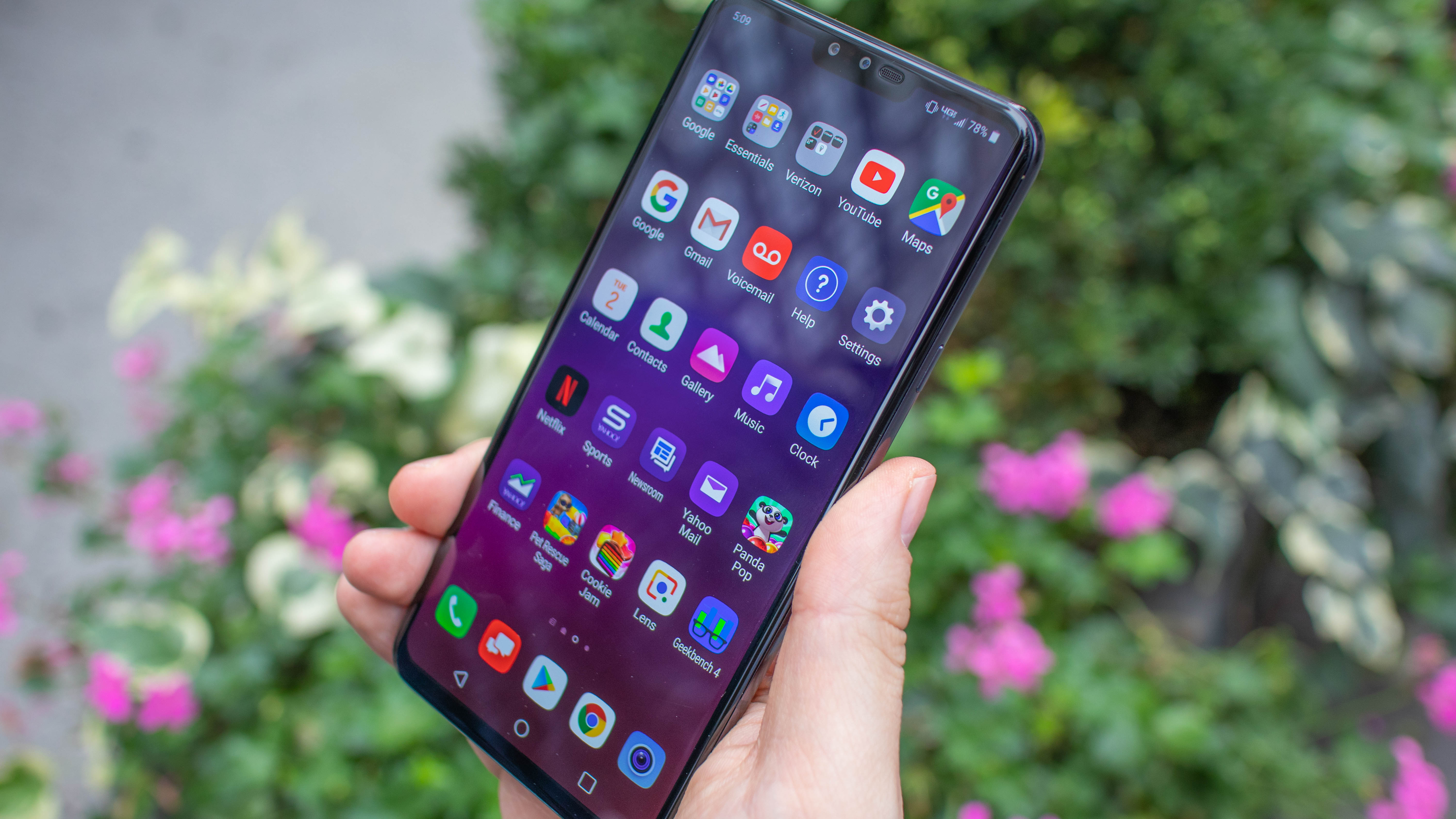
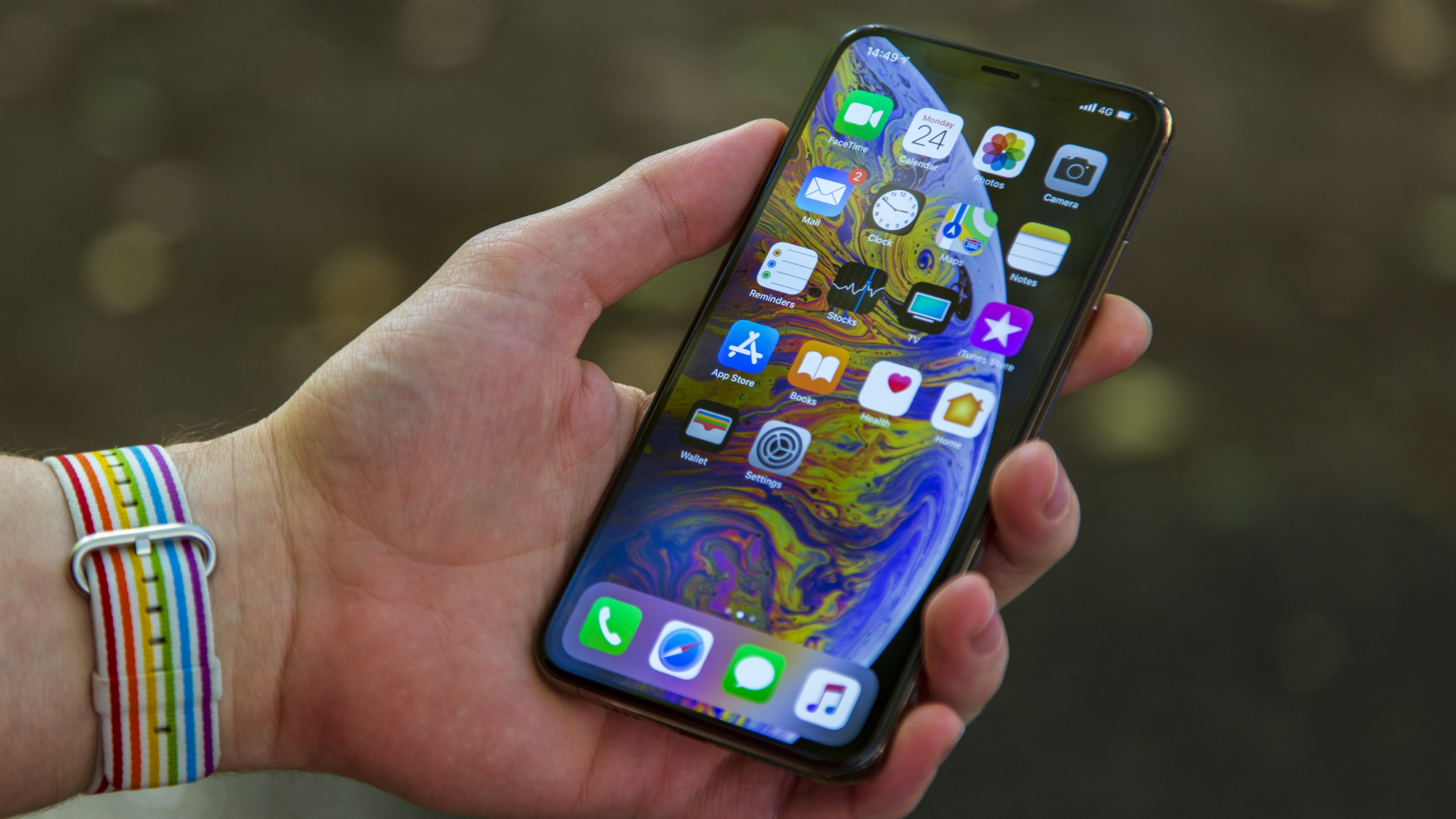
Durability should be comparable on the iPhone XS Max and LG V40. Both have an IP68 rating, so they can take a splash and even a dunk. The LG V40 boasts a MIL-STD-810 certification and uses Corning Gorilla Glass 5. Meanwhile the iPhone XS Max has what Apple claims to be “the most durable glass ever in a smartphone.” Don’t let any of this fool you, though – drop them on a really hard surface often enough or from high enough, and you’re going to be looking at a lot of broken glass.
On the back and edges, the two phones look plenty different. The LG V40 houses three centered camera sensors on the back and situates a round fingerprint scanner below them. The iPhone XS Max has its two cameras in the top corner of the rear – no fingerprint scanner, though both phones offer facial recognition.
The iPhone XS Max has a Lightning connector on the bottom edge, where the LG V40 has a USB-C (2.0) port and a 3.5mm headphone jack enabling its 32-bit Hi-Fi Quad DAC for truly excellent headphone audio. The iPhone XS Max has stereo audio out of its speakers, whereas the LG V40 has just mono. But, LG has made a resonating design for impressively loud sound.
Get daily insight, inspiration and deals in your inbox
Sign up for breaking news, reviews, opinion, top tech deals, and more.
Display
The LG V40 and iPhone XS Max really trade blows in the display department. The iPhone XS Max has a 6.5-inch, 19.5:9 OLED display, topping the LG V40’s 6.4-inch, 19.5:9 OLED display. But, since the iPhone XS Max has a bigger notch cutting into that display space, it’s hard to say how much that extra tenth of an inch is really worth.
Both displays are sharp, but the LG V40 ’s 3120 x 1440 resolution and 636.92ppi come out well above the iPhone XS Max’s 2688 x 1242 resolution and 458ppi. Winning back some favor, the iPhone XS Max offers HDR10 and Dolby Vision support, and it can hit a peak brightness of 625 nits. The LG V40 is offering HDR10 support and only hits 500-600 nits. The truth is that which screen is more enjoyable for watching content will likely come down to what content you’re watching and the environment you’re trying to watch it in. Of course, it’s worth keeping in mind that LG makes some of the best TVs out there.
The funny thing about both displays is how clear both LG and Apple seem to know the notch is not something everyone likes. Apple’s default screen background masks the notch by blacking out the screen space at either side of it. Meanwhile LG offers a way to hide the notch as well.
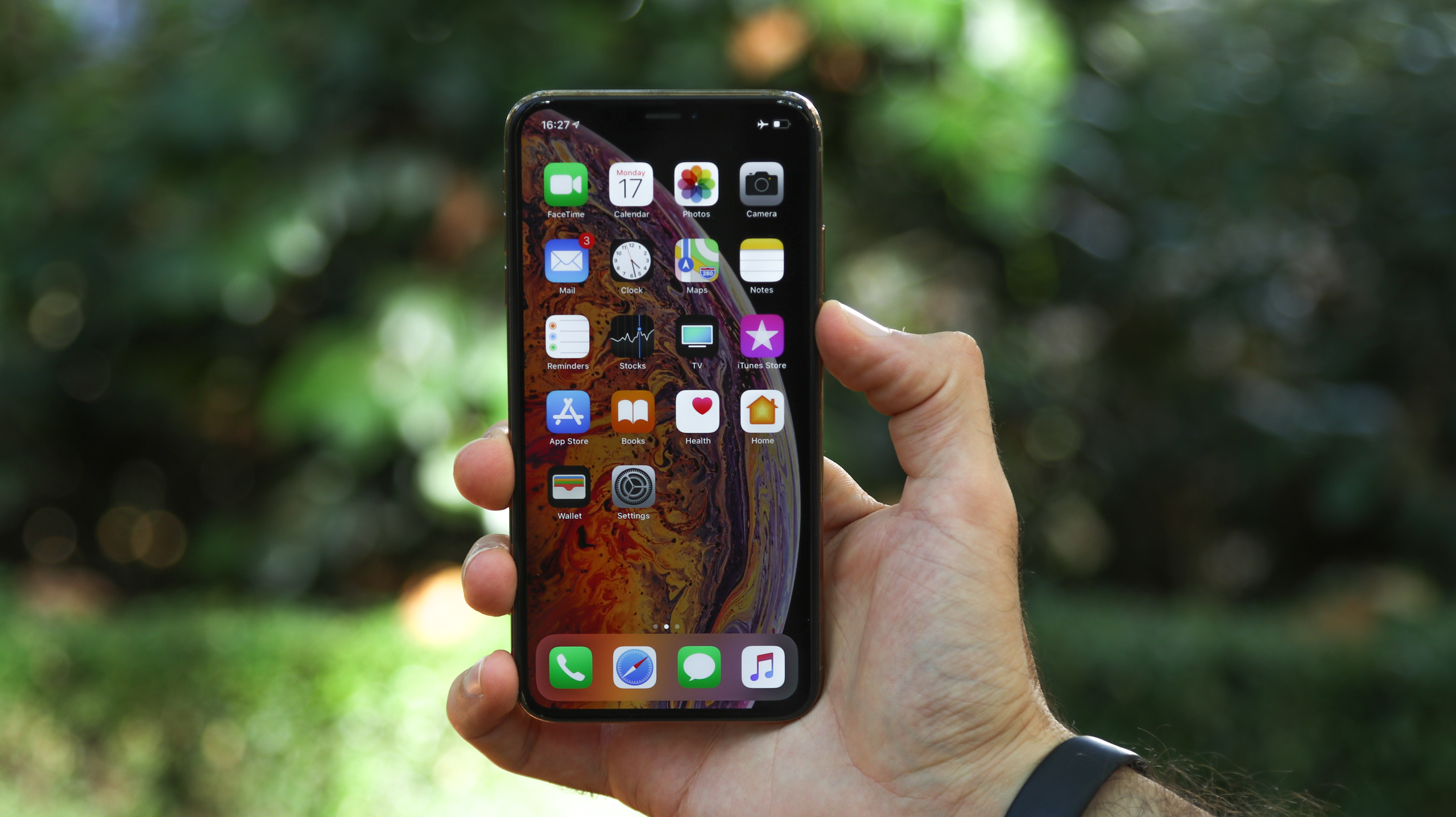

OS and power
The biggest difference between any Android flagship and an iPhone pretty much comes down to the OS and internals.
The LG V40 is running Android 8.1 Oreo, and it comes powered by a Snapdragon 845 chipset with 6GB of RAM and 64GB of storage. That storage is expandable via microSD, which generally is a more affordable way to increase capacity than paying to upgrade the built-in storage.
The iPhone XS Max runs iOS 12 and is powered by Apple’s latest A12 Bionic chip. It can come configured with 64, 256, or 512GB of storage, and each level will hit your wallet hard.
While both phones are going to feel incredibly zippy in performance, when it comes to processor-heavy tasks, the iPhone XS Max is likely to trounce the LG V40 thanks to Apple’s beastly custom processor.
Neither phone is winning any awards in the battery department. The LG V40 has just a 3,300mAh battery. That’s good enough for a day of moderate to high use, but not more. Apple doesn’t reveal its battery size, but the iPhone XS Max is said to have a 3,174mAh battery, and it’s similarly good for a whole day of moderate to high use. Unless you use your smartphone like a flip phone, don’t expect to go through a second day.
Both phones offer fast charging and wireless charging, but since Apple doesn’t provide a fast charger in the box, we’ll give this one to LG.
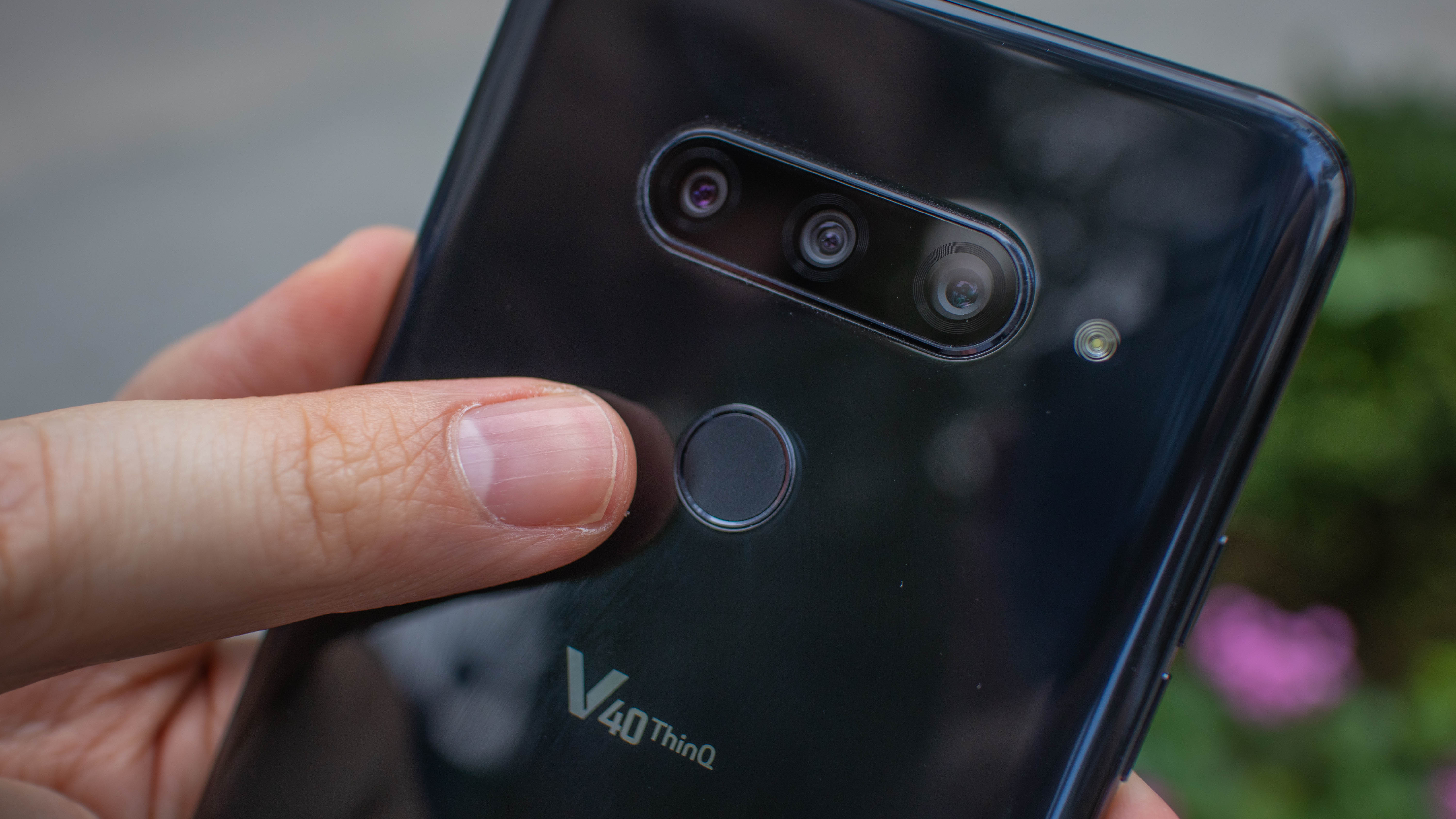
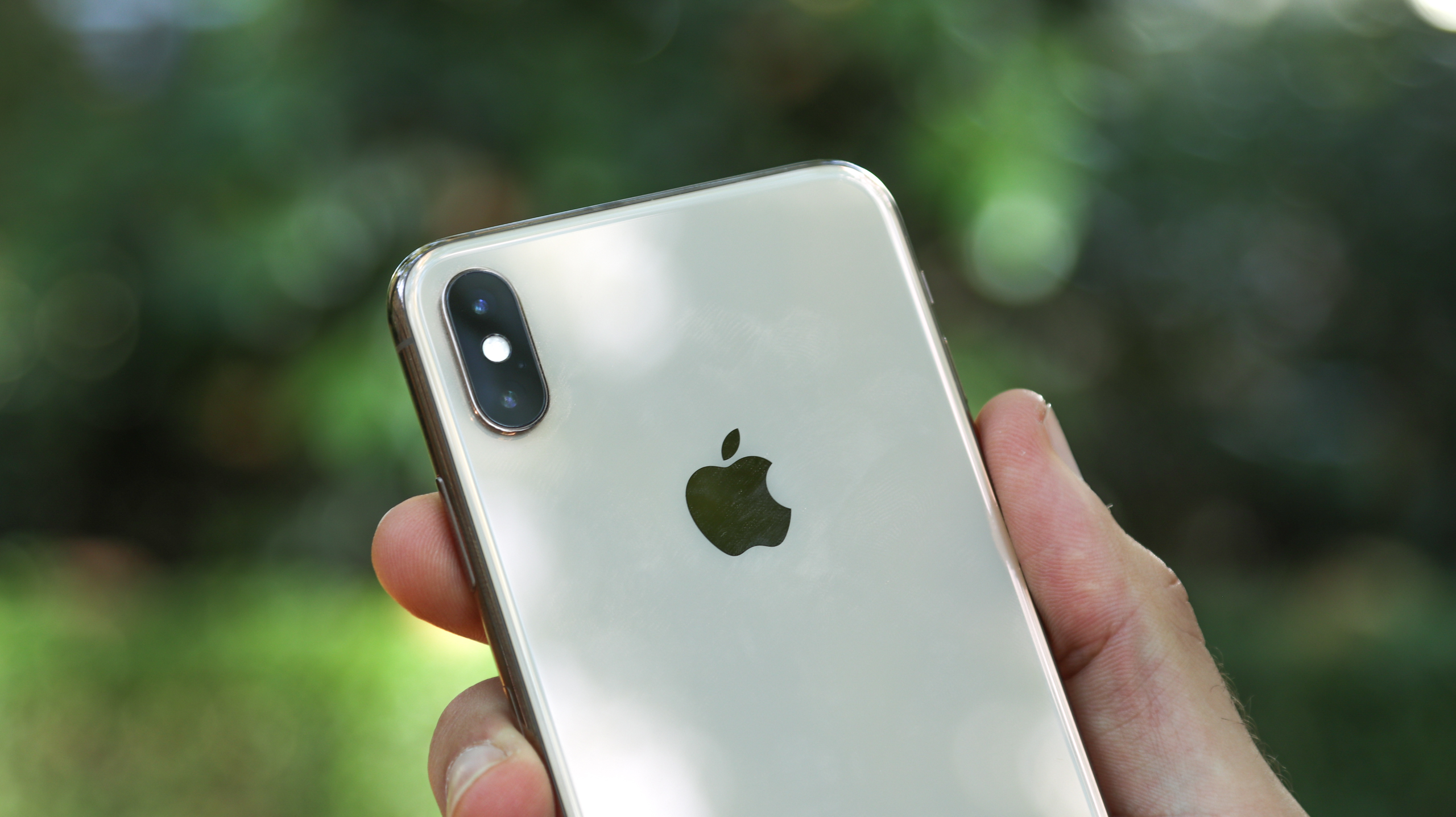
Camera
While the iPhone XS Max has three cameras, the LG V40 has five. The V40 rear camera system offers the flexibility of a 12MP standard sensor with optical image stabilization, a wide f/1.5 aperture and large 1.4 micron pixels. It also has a 16MP wide angle camera (f/1.9, 107-degree FOV) and a 12MP telephoto camera (f/2.4, 45-degree FOV, 2x optical zoom).
The iPhone XS Max has two rear 12MP cameras, one with an f/1.8 aperture and 1.4 micron pixels and another with an f/2.4 aperture and 2x optical zoom. The overall photo quality is better on the iPhone XS Max in most situations, but the LG V40 offers more flexibility.
Both phones are capable of recording 4K video at up to 60fps and can shoot Full HD slo-mo at 240fps. Apple advertises “extended dynamic range” video at 4K (capped to 30fps), while LG offers HDR video on all three rear cameras. While the iPhone XS Max does have OIS for video, the LG V40 ’s combination of digital image stabilization, three different lens types, HDR, and its handy Cine Video tools may help it take the lead in video.
On the front, the LG V40 offers two cameras hidden away in the notch. One has an 8MP sensor with an f/1.9 aperture and 80-degree FOV while the other has a 5MP sensor and f/2.2 wide-angle lens for a 90-degree FOV. The iPhone XS Max has one 7MP (f/2.2) camera on front, but its facial sensors do offer up Animoji and Memoji.
Price
There’s a decently wide gap in price between the LG V40 and iPhone XS Max. So, where price is a consideration and loyalty to a brand or operating system isn’t, the LG V40 pulls ahead here.
The base LG V40 costs between $900 (about £695, AU$1,265) and $980 (about £755, AU$1,380), with carriers all offering different prices. And, that’s for a 64GB model. No UK prices are available yet. For the 64GB iPhone XS Max, you’ll be looking at a base price of $1,099 (£1,099, AU$1,799). Jumping up to a 512GB iPhone XS Max, the price shoots up to $1,449 (£1,449, AU$2,369).
A microSD card to get the LG V40 ’s storage capacity increase will costs much less than the price to increase the iPhone XS Max’s storage. Of course, the iPhone XS Max internal storage will be faster than a microSD. But, the card should be adequate for storing music, movies, and photos, plus it has the advantage of letting you take it out to upgrade the storage of your future phones.
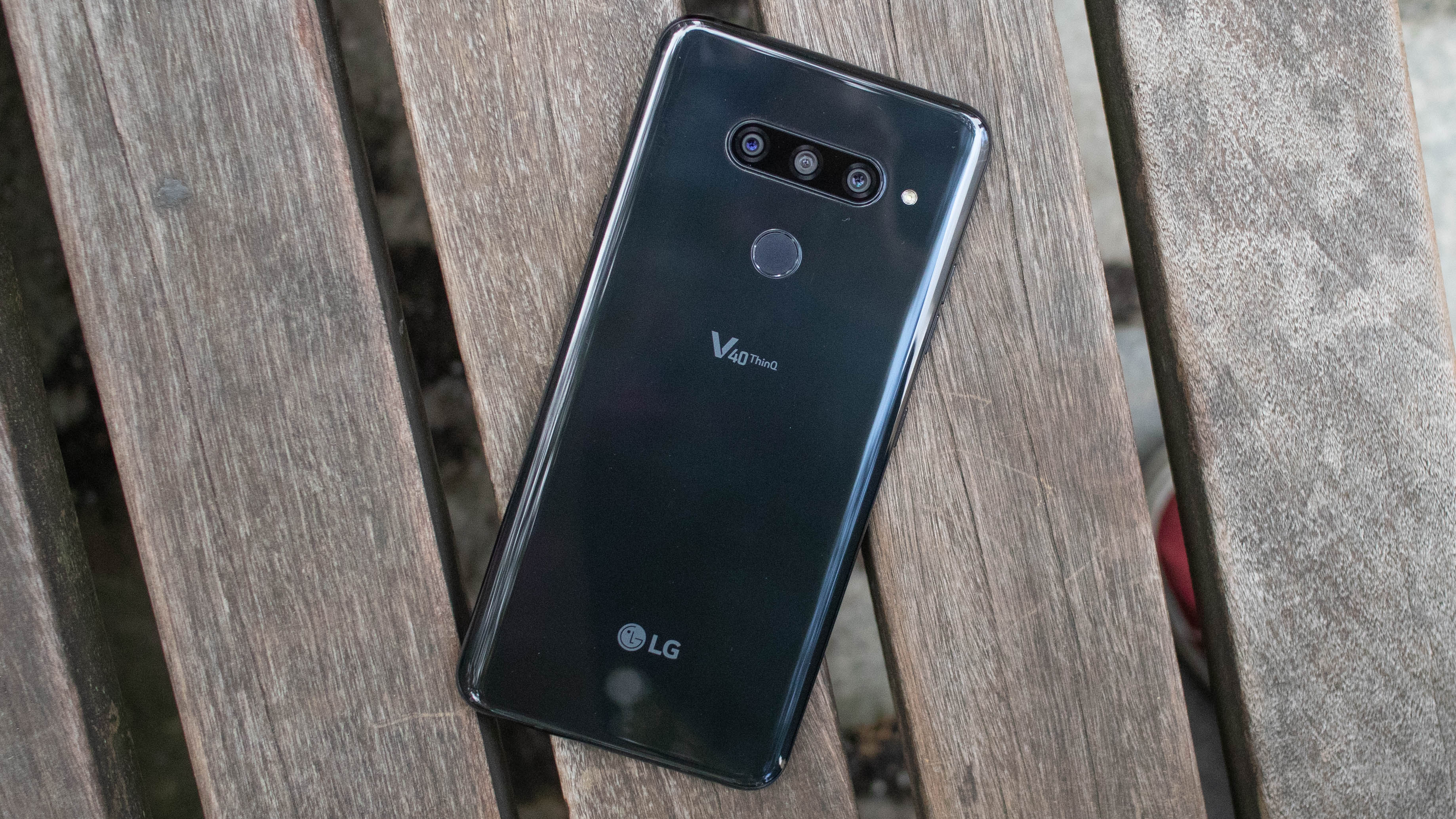
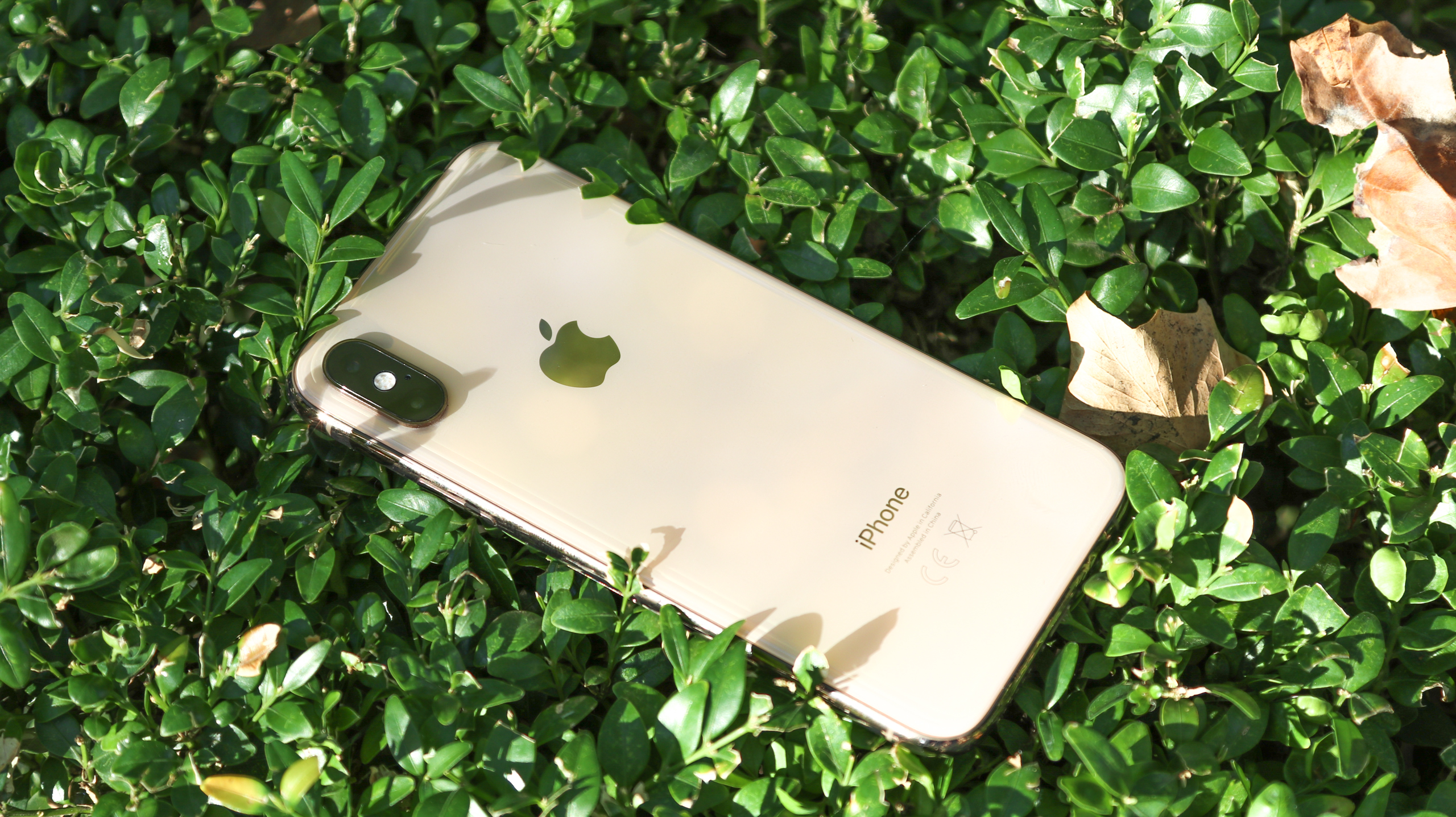
Takeaway
Both the LG V40 ThinQ and iPhone XS Max are two excellent phones. While the iPhone XS Max has a lot of ways it can stand above the LG V40 , its price is also well above the V40’s. Anyone budget-minded can do themselves a favor and go with LG, as it’s not very compromised in terms of quality, and the camera and storage flexibility are nice perks.
If money isn’t too much of an issue, then the superior experience in most regards will come from the iPhone XS Max. In either case, you’ll still have to ask whether the iPhone XS Max is better than the Galaxy Note 9, and if the LG V40 ThinQ is better than the Galaxy Note 9.
Over the last several years, Mark has been tasked as a writer, an editor, and a manager, interacting with published content from all angles. He is intimately familiar with the editorial process from the inception of an article idea, through the iterative process, past publishing, and down the road into performance analysis.
